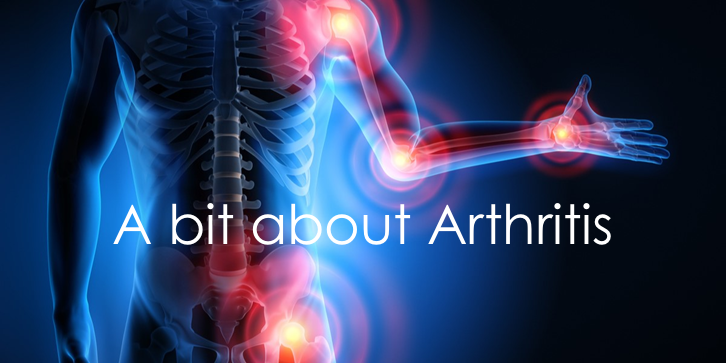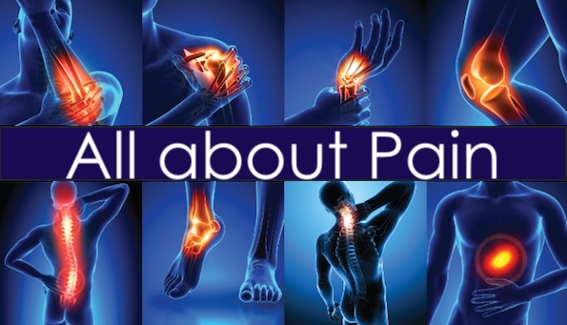Today’s post is about Arthritis.
Arthritis is actually an umbrella term for more than 100 conditions that effect the joints of the body. The most common forms are osteoarthritis, rheumatoid and gout. Many people will suffer from one or more types of arthritis in their lifetime.
So, in this post we will look at what it is, what causes it and what to do about it for prevention and reduction of symptoms.
What is arthritis really?
It is generally regarded as tenderness or swelling of one or more joints causing pain. It generally manifests as pain or swelling in a joint with redness and swelling as well as stiffness and reduced movement.
This is often due to the surface of the cartilage being damaged and then this causes calcium phosphate crystals to become deposited in the joint. However, as there are so many different types this is only a generalisation.
So, what causes it?
The short answer is no one really knows definitively what the cause is and this is likely due to the fact that there are so many inflammation conditions that are called arthritis. There are also so many ways for inflammation to happen. A common factor is obesity due to the increased pressure on the joints, another factor can be family history as well as repetitive actions that wear out a joint.
What can we do to prevent it?
An easy start can be a simple as diet. Avoiding saturated fats like fried foods and palm oil are prime culprits for causing inflammation. This will have the added benefit of reducing weight which will in turn benefit the reduction of symptoms.
Ensuring you are getting enough calcium in your diet is important for bone growth and regeneration but keep in mind that without vitamin D the calcium will not be metabolised from the food as well. Regular exercise will help in keeping muscles strong to support the joints.
Managing the pain.
While there are many easily accessible analgesics and anti-inflammatory drugs aimed at reducing the pain there is always a better way. The most important thing to remember is to remove the obstacles to proper joint health, this means removing inflammatory foods and excess weight for a start.
Next is to support joint healing through proper nutrition and gentle physical movement or acupuncture to improve circulation. There are several herbal and mineral treatments that are very effective at reducing joint pain in many cases. For example, Boswellia serrata is a plant that is particularly good at reducing the pain of arthritis. Also Omege-3 supplements work well by reducing inflammation.
As a naturopath I also recommend the use of a “tens” machine to improve blood flow to a specific area. This helps to reduce inflammation and remove any calcium phosphate crystals that may have formed.
If you find you are suffering from sore joints, arrange an appointment with your chosen health professional. It may take several visits before they can tell what type of arthritis you have. This is because some types of arthritis can be hard to diagnose and may need further testing or examination. They may examine the affected joints and send you for some tests or x-rays. Most forms of arthritis can be diagnosed through blood tests.
We hope you have found this information helpful.
Till the next post,
Live clean n Prosper


